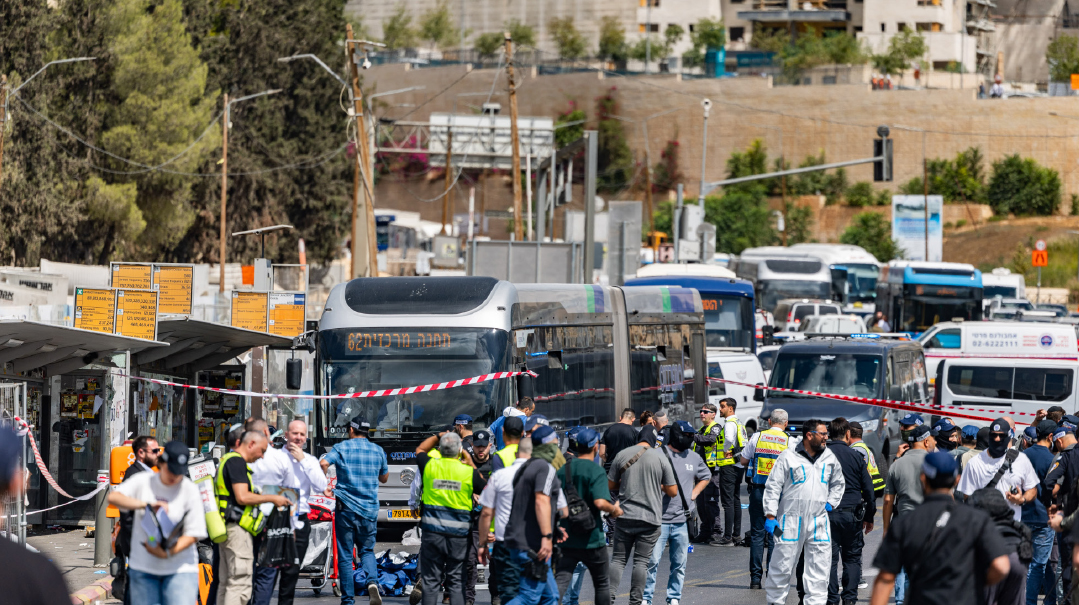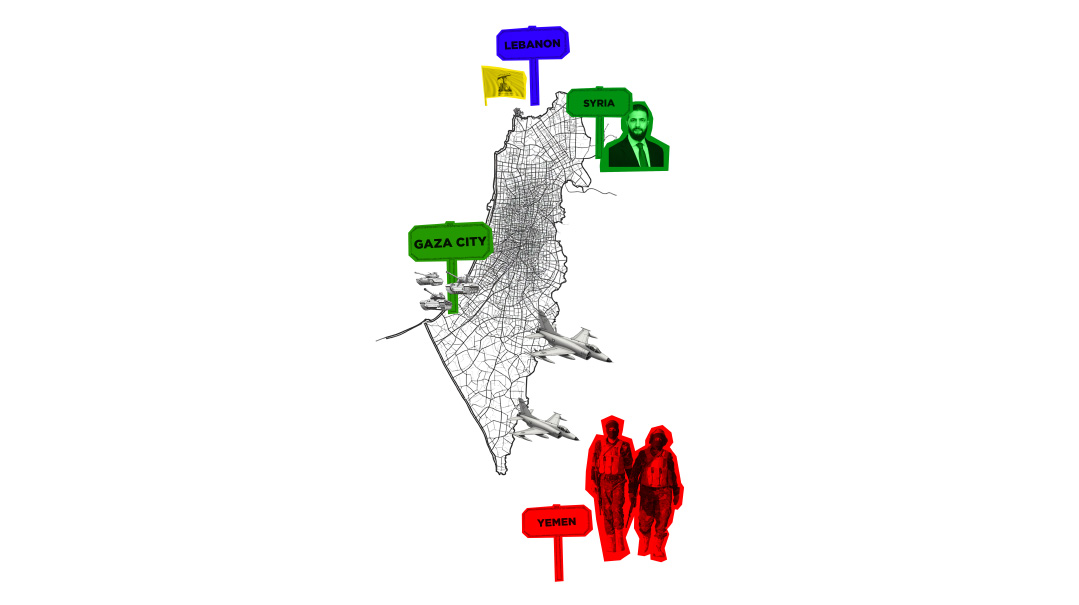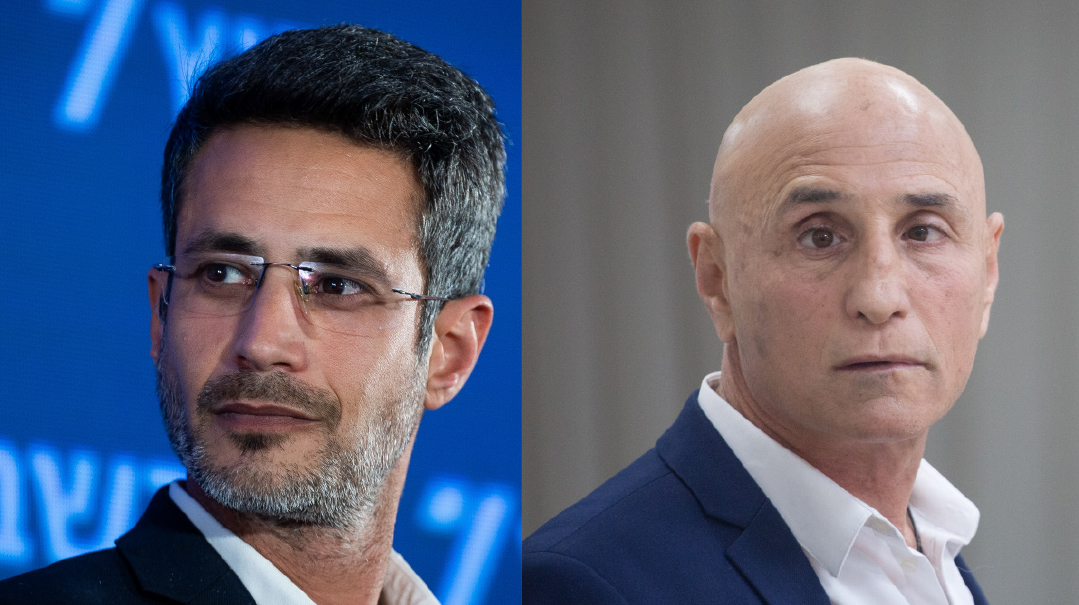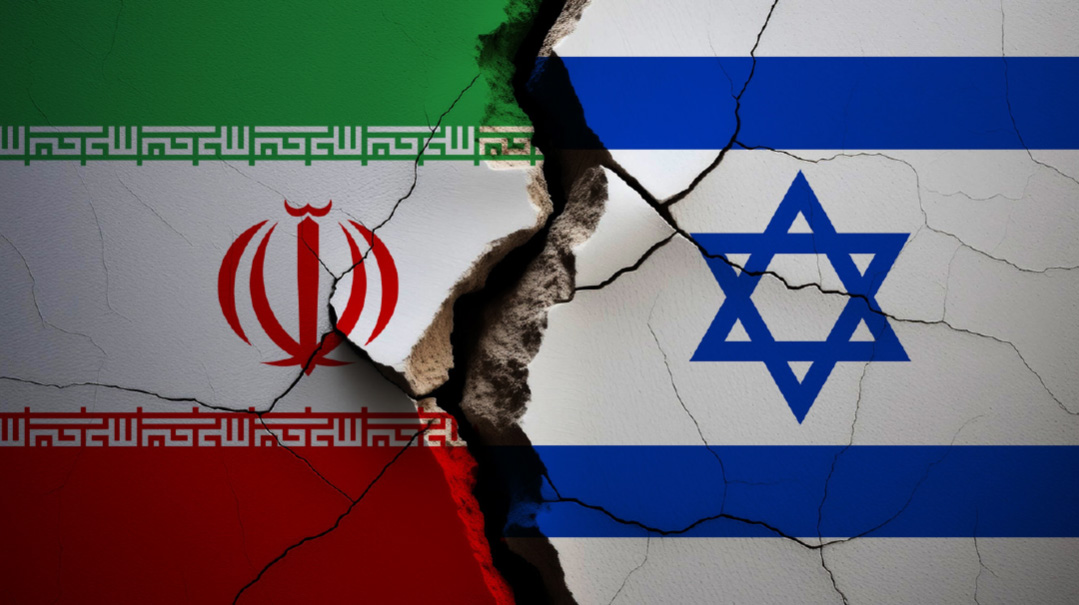Burning the Candle at Both Ends

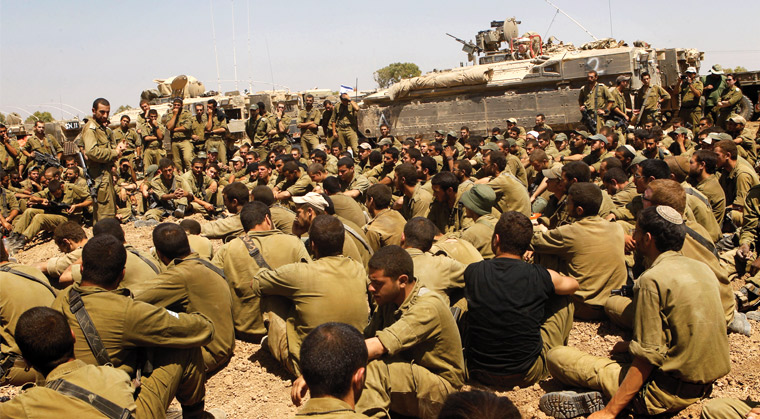
D
espite extensive efforts to avoid a two-front war, Israel faces increasingly unpleasant alternatives to both the north and south. Although until now the IDF has successfully deterred any large-scale action from either Hamas or Hezbollah, the clocks seem to be winding down on these twin ticking time bombs.
In the north, Syrian leader Bashar al-Assad is on the verge of claiming a complete victory in the seven-year civil war — thanks to abundant strategic and logistical help from his Russian allies. Assad’s army now controls most of its side of the Golan Heights. Nearly all the rebel forces fighting to dislodge him have now surrendered to Russian representatives, who promised them safe transit to Syria’s northern Idlib region, currently occupied by tens of thousands of rebels and a small Turkish armed force.
To date, only the very southern tip of the Syrian Golan, near the Yarmouk River, remains beyond Assad’s control, still held by Islamic State. Government forces are subjecting the enclave to an intensive artillery barrage, but an attempted air strike ended in disaster when a Syrian war plane strayed into Israeli airspace and was immediately shot down, killing the pilot. Regime forces, including Iraqi and Afghani Shiite militiamen attired in Syrian uniforms and directed by Iranian Revolutionary Guards — as well as possibly a few elite Hezbollah fighters — have been fighting to retake the area but have sustained heavy losses.
Meanwhile, international discussions over the future strategic situation in Syrian continue to evoke alarm among Israeli planners. Russia seems to be trying to play both sides against the middle. On the one hand, Russian president Vladimir Putin has assured Prime Minister Binyamin Netanyahu that Iranian forces will shortly be expelled from Syria; on the other hand, Putin can’t or won’t fulfill that promise, because he needs Iranian and Shiite boots on the ground there to help finish off Assad’s remaining opposition.
If that tradeoff wasn’t bad enough, last week Russian foreign minister Sergei Lavrov and defense chief of staff Valeri Gerasimov told Netanyahu that in exchange for guaranteeing the eventual eviction of Iranian forces from Syria, Moscow wants to raise the question of Israel turning its portion of the Golan Heights over to Assad. The Russians clarified they don’t expect anything to happen right away, but they want to get the conversation off the ground.
Maj. Gen. (res.) Amos Yadlin, director of the Institute for National Security Studies and former chief of military intelligence, doesn’t like the hand Israel has been dealt: “Really, it’s the Iranians who are in charge, and they’re not exactly going to give in to the Russian demand to exit Syria at the end of the civil war when Assad re-establishes his regime. The Iranians are not keeping their promises to the Russians and are doing what they please. They’re wearing Syrian uniforms and remaining in the region as advisors — both individuals and partial units.
“We need to adapt ourselves to the ways the Iranians have figured out how to operate,” Yadlin cautioned.
Anticipating the inevitable new reality arising from Assad’s eventual victory, Israel has been insisting on restoration of the 1974 Separation Agreement that governed the Golan border until Assad’s forces withdrew four years ago. But not everyone in the Israeli defense establishment agrees with this approach. Maj. Gen. (res.) Giora Eiland explained to Mishpacha that the strip of land separating Israel from Syria in the Golan is only wide enough to prevent a clash between infantry forces, but not between air forces; in the southern portion, the strip is no more than a few hundred meters wide. Eiland says unless Israel reaches an agreement with Russia to expand the demilitarized air space, more incidents like last week’s downing of a Syrian jet will be inevitable.
Transportation Minister Yisrael Katz, a member of the Defense Cabinet, sounded a more sanguine note: “The chief of staff [Gadi Eizenkot] is doing an outstanding job, the prime minister is dealing with Iran, and the US is giving us backing. There is bold, precise work being done, thanks to which Israel is able to prevent Iran from establishing itself in Syria.”
Katz was blunter about the situation at the other end of the country, which has flared up repeatedly over the last few weeks. “Clearly, Israel lacks a suitable policy for dealing with Hamas,” he said. “There are two alternatives to dealing with the situation in Gaza: complete civilian separation, or coming up with a plan to bring Hamas down to its knees. [Defense Minister Avigdor] Lieberman’s strategy, to keep Hamas’s head above water, has not proven itself.”
Katz elaborated on his preferred option, the first one: “I’ve suggested for years to separate from Gaza and create a border, like we have with Lebanon and Syria. That way, the rules will be clear. Our present situation is absurd. How can it be that we managed to deter Hezbollah, an organization with 150,000 missiles in Lebanon, but in Gaza, Israel is powerless to respond when Hamas shoots IDF soldiers? In my view, if quiet isn’t restored, we’ll have no choice but to embark on another operation in Gaza.
“Don’t get me wrong — I’m not pushing for war,” Katz added quickly. “I suggested after Preventive Edge to separate from Gaza and to create a border. I don’t want to continue supplying Gaza with fuel, electricity, concrete, and water, as the defense establishment continues to do today. As far as I’m concerned, this is not a viable situation, and it’s impossible to allow it to continue.”
Israeli defense planners are clearly frustrated by what’s happening in Gaza: they charge that Hamas is calling all the shots in its war of attrition with Israel, deciding what actions it can take within the framework of the cease-fire — until the next round, which will also be followed by a cease-fire. Although a senior army source insists there won’t be a fourth Gaza operation, the current skirmish doesn’t show any signs of ending soon.
The argument at the moment is over the two live civilians and the two bodies of IDF soldiers held by Hamas. Israel has made clear it won’t agree to another Shalit deal in exchange for the captives, but Hamas leader Yahya Sinwar claims that if he shows any flexibility on this issue, he’ll open himself up to fierce condemnation from the thousands of Hamas terrorists held in Israeli prisons, as well as from their families.
Meanwhile, rebellious elements within the organization have begun acting independently of the leadership. Two weeks ago a sniper killed Staff Sergeant Aviv Levi of the Givati Brigade at the border fence, and another shooter wounded an IDF officer a few days later. The small groups launching incendiary balloons and kits that have set the western Negev on fire have continued their work apace.
The IDF has not taken any of this lying down. Since the end of May, Israeli Air Force planes have struck 150 terror targets within the Gaza Strip, destroying critical Hamas infrastructure, killing some 180 Palestinians and wounding thousands more.
The IDF is also aware that the Gazans, suffering from rising inflation and a lack of water and electricity, are all in support of a war with Israel, even though Hamas is not. That anger is compounded by the Arab states’ loss of enthusiasm for funding Gaza; they know they’ll be asked once again in another couple of years to dig deep into their pockets and pay, yet again, to rebuild structures that Israel will destroy.
“We’re being dragged into a situation where the IDF will have to launch a large-scale operation against Hamas,” interior security minister Gilad Arden told Mishpacha. “After four years of quiet, Israelis living on the Gaza periphery are once again dealing with sirens at night and children in bomb shelters. If Hamas won’t learn from this wave of attacks, we’ll have to resort to an operation that will exact a price, at least as steep as that of Protective Edge, maybe higher.”
Amos Yadlin agrees that the southern front is a powderkeg, but advises keeping a wider perspective. “Hamas has apparently entered a state of defensive preparedness, talking about ‘blood for blood.’ I won’t be surprised if that front erupts very soon.
“Nevertheless, the north is undoubtedly more perilous. There, we are in a battle with the Iranians, and there’s the danger that Hezbollah could get into the act. If a conflict breaks out in the south, which we are trying to prevent, the IDF still has some very good solutions, and Israel as a country will suffer relatively little. But if the northern front erupts — that will be a real war.”
Yadlin adds that although none of Israel’s enemies is interested in war right now, “we know from bitter experience that even when no one wants war, a series of events can set it off.”
Yadlin sees the next military conflict as inevitable. “I think that in the south, we won’t have any choice but to launch Preventive Edge Two. Things are moving in that direction, if not this week, then next week — unless things occur in secret channels that we’re not privy to, in Cairo or other places.” (Originally featured in Mishpacha, Issue 721)
Oops! We could not locate your form.







